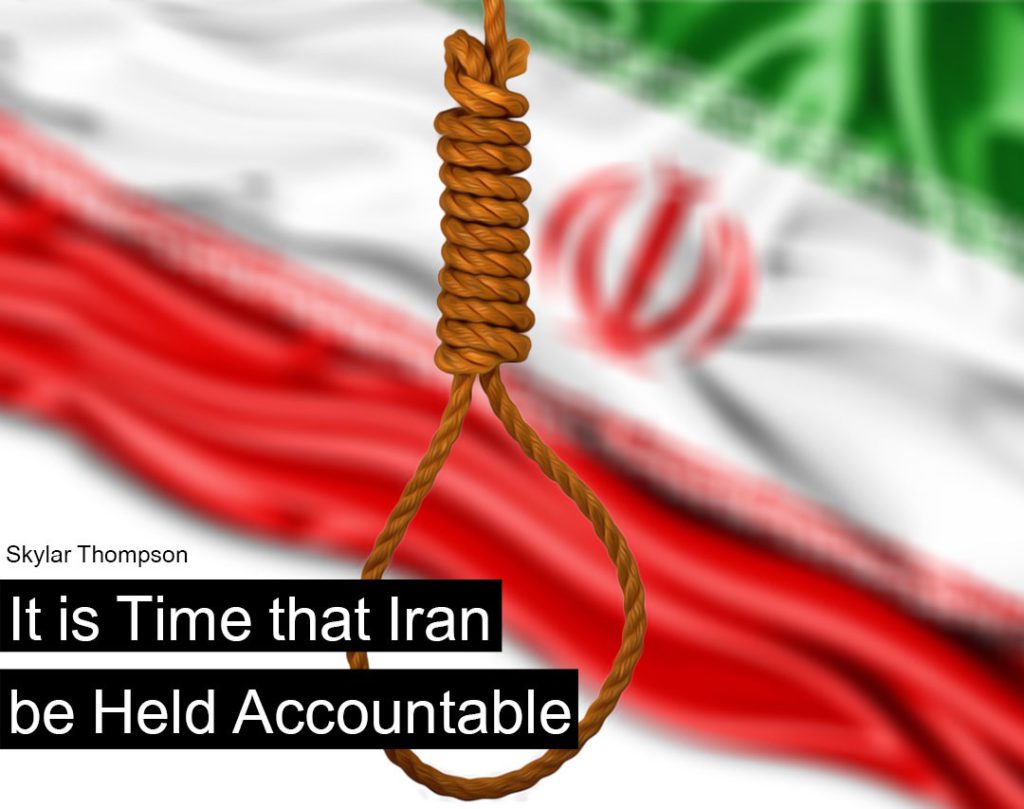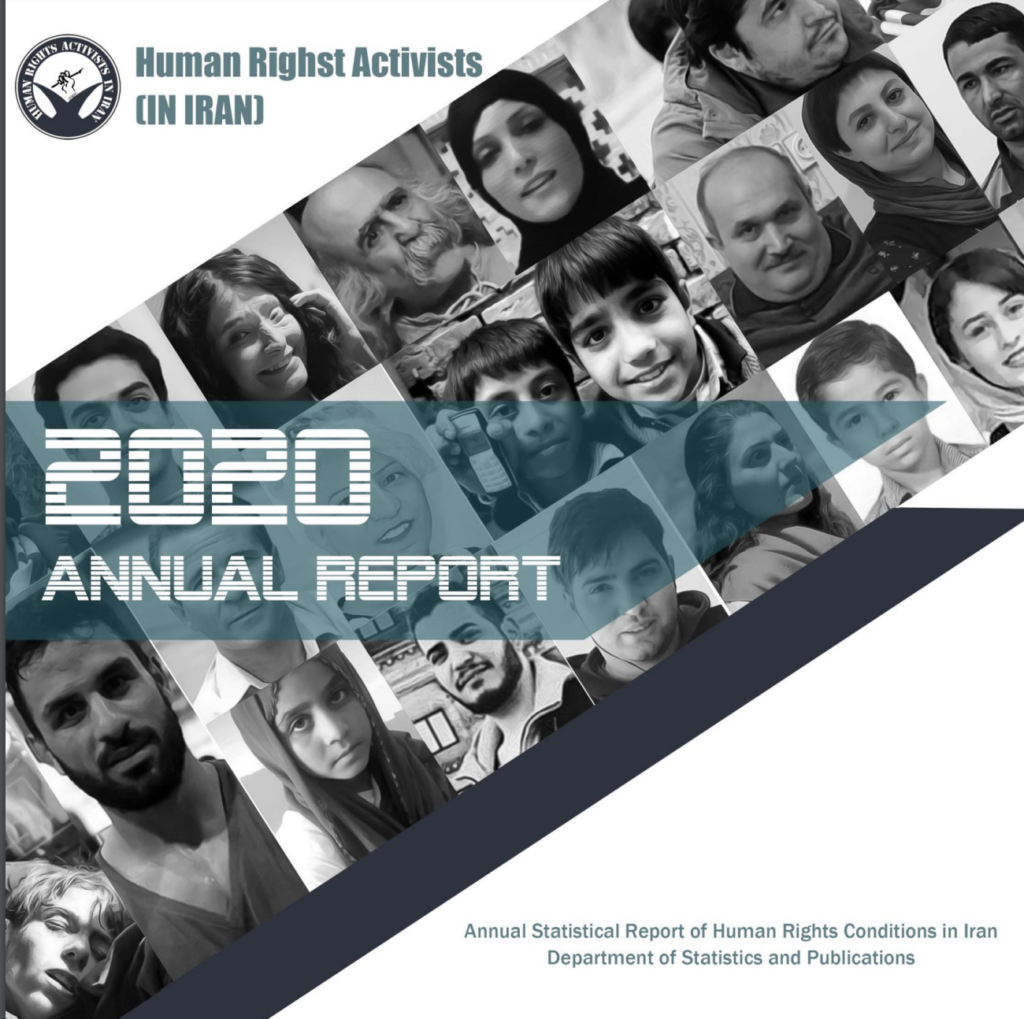The Washington Post By Miriam Berger
January 25, 2023 at 4:05 p.m. EST
Iran’s governmentis doubling down on repression to stamp out the months-long uprisingbent on its ouster. At the heart of these efforts: a small circle of judges connected to the country’s clerical leaders and security services, meting out long prison terms and death sentences to protest supporters.
There is little judicial transparency in Iran, where charge sheets and verdicts are often kept under wraps, so it is difficult to determine the true scale of arrests, sentencings and executions. But a picture of the trials and the judges presiding over them has emerged from a range of sources — including state media outlets, rights groups, activist telegram accounts and networks of lawyers in and outside of Iran.
In recent weeks, seven judges — Abulqasem Salavati, Mohammad Reza Amoozad, Hadi Mansoori, Musa Asef al-Hosseini, Ali Mazloum, Iman Afshari and Morteza Barati — appear to have issued between them at least 17 death sentences, some of which Iran’s high court has overturned on appeal. The names of judges issuing death sentences in other cases remain unconfirmed.
These trials, which rights groups say are part of a brutal campaign designed to crush the uprising, are “controlled by very few judges that collaborate a hundred percent with security agencies,” said Hadi Ghaemi, executive director of the Centre for Human Rights in Iran, a New York-based advocacy group. “They are trusted and loyal and they are believed to follow orders that have already been made extrajudicially about what the sentences should be.”
The protests, in which women and youths have played a leading role, broke out mid-September following the death of Mahsa Amini, 22, in police custody after she allegedly violated the country’s conservative dress code for women. The demonstrations have since cascaded into a broad uprising driven by calls to end clerical rule. Security forces have killed more than 500 protesters and authorities have issued at least 22 death sentences and charged more than 100 people with crimes that could merit the death penalty, according to the activist news agency HRANA.
Detainees and their families are under heavy pressure to stay silent, making it impossible to tally the number of arrests and sentences, but HRANA estimates that there have been nearly 20,000 arrests, and some 700 have been sentenced.
At the center of many of the most serious trials is a clique of judges whose identities have become known to, and feared by, the public.
The United States has vowed to intensify sanctions on those involved in the deadly repression. The United States placed Salavati, nicknamed “the judge of death,” under sanctions in 2019 for overseeing “the Iranian regime’s miscarriage of justice in show trials.” Six other judges responsible for issuing death sentences are not under U.S. sanctions, which would entail tightened travel bans and frozen assets. In late December, the Biden administration added Iran’s general prosecutor, Mohammad Jafar Montazeri, to its blacklist for human rights abuses.
A spokesperson for the U.S. Treasury, speaking on the condition of anonymity under departmental protocol, said they could not offer comment on whether sanctions targeting these judges were or had been considered. Afshari, Mazloum and Amoozad were placed under sanctions by the United Kingdom on Dec. 9 for “prosecuting protesters with egregious sentences including the death penalty.”
A majority of protesters jailed are released on bail and pending trial. But an unknown number stand accused of national security-related crimes, such as alleged attacks on security forces, in a system stacked against them. Rather than facing trial in a criminal court, political prisoners are tried in the Revolutionary Court, a parallel judicial system set up after the 1979 revolution to protect Iran’s system of clerical rule.
These judges “strongly believe in and depend on the ruling Islamic establishment and for this reason have absolute or blind obedience,” Iranian lawyer Saeid Dehghan, who lives in Canada, said in an email. Dehghan fled Iran to escape persecution for trying to defend clients before some of these judges.
In the Revolutionary Court, defendants are typically denied access to their lawyer and cannot review the evidence against them, said Dehghan. They are frequently forced to make false or incriminating statements under torture or extreme duress, according to Ghaemi and other rights groups, while judges often rely on fabricated or misleading evidence to issue heavy sentences in speedy trials.
Members of Iran’s Ministry of Intelligence and the intelligence wing of the Islamic Revolutionary Guard Corps, a security force with wide-ranging powers designed to defend the Islamic Republic, conduct interrogations. In the courtroom, interrogators typically guide sentencing rather than judges, said Dehghan.
Rulings are often “written by the legal department of the intelligence and security agencies,” he said.
Detainees or their lawyers do not generally receive official copies of the verdicts. Sometimes the presiding judge’s name is kept private “because they know how much their decisions increase public anger,” said Dehghan. He said colleagues involved in recent death penalty cases in the northern city of Sari shared verdicts with him, but the judge’s name had been deleted, “probably for security reasons.”
The judges of branches 15, 26, 28 and 29 of the Revolutionary Court in Tehran — Salavati, Afshari, Amoozad and Mazloum — have been among the most notorious forlong and harsh sentences amid the protests, said Shiva Nazarahari, a member of the Volunteer Committee to Follow Up on the Situation of Detainees, an activist group based outside Iran.
Salavati and Amoozad presided over the trial of the first participant in the ongoing protests to be executed, Mohsen Shekari, a 23-year-old barista from Tehran.
Salavati has sentenced at least three other protesters to death, including a 19-year-old whose mother said he suffered from bipolar disorder. Iran’s high court accepted appeals for the two other confirmed cases, though the defendants remain jailed. The outcomes of three other death penalty cases tried in his court remain unclear, according to news reports and a list by the detainees’ committee.
Amoozad has issued death sentences to Manouchehr Mehman-Navaz, 45, and writer and artist Mehdi Bahman, Dehghan said.
On Dec. 12, authorities hanged Majid Reza Rahnavard, a 23-year-old shopkeeper sentenced to death by Mansoori according to coverage of the trial by Mizan News Agency, which is affiliated with Iran’s judiciary. On Jan. 7, Tehran executed two protesters, Mohammad Mehdi Karami, 22, and Seyyed Mohammad Hosseini, 39, after they were found guilty by al-Hosseini.
Karami and Hosseini were among five people al-Hosseini sentenced to death in a mass trial, which included three minors, charged with killing a member of the IRGC volunteer police force, according to Mizan. The high court suspended the other three sentences on appeal.
Barati has sentenced three people to death by hanging, according to Dehghan and local media reports: Saeid Yaghoubi, Majid Kazemi and Saleh Mirhashemi, accused of killing security force members.
Both Mazloum and Afshari have each issued one death sentence, according to HRANA, though the high court has accepted repeals in each case, the Committee to Follow Up on the Situation of Detainees found.
Verdicts “don’t fit the crime, if one was even committed,” said Nazarahari. Instead, these judges “listen to orders from high or what interrogators say. They don’t issue their verdicts according to any law.”



